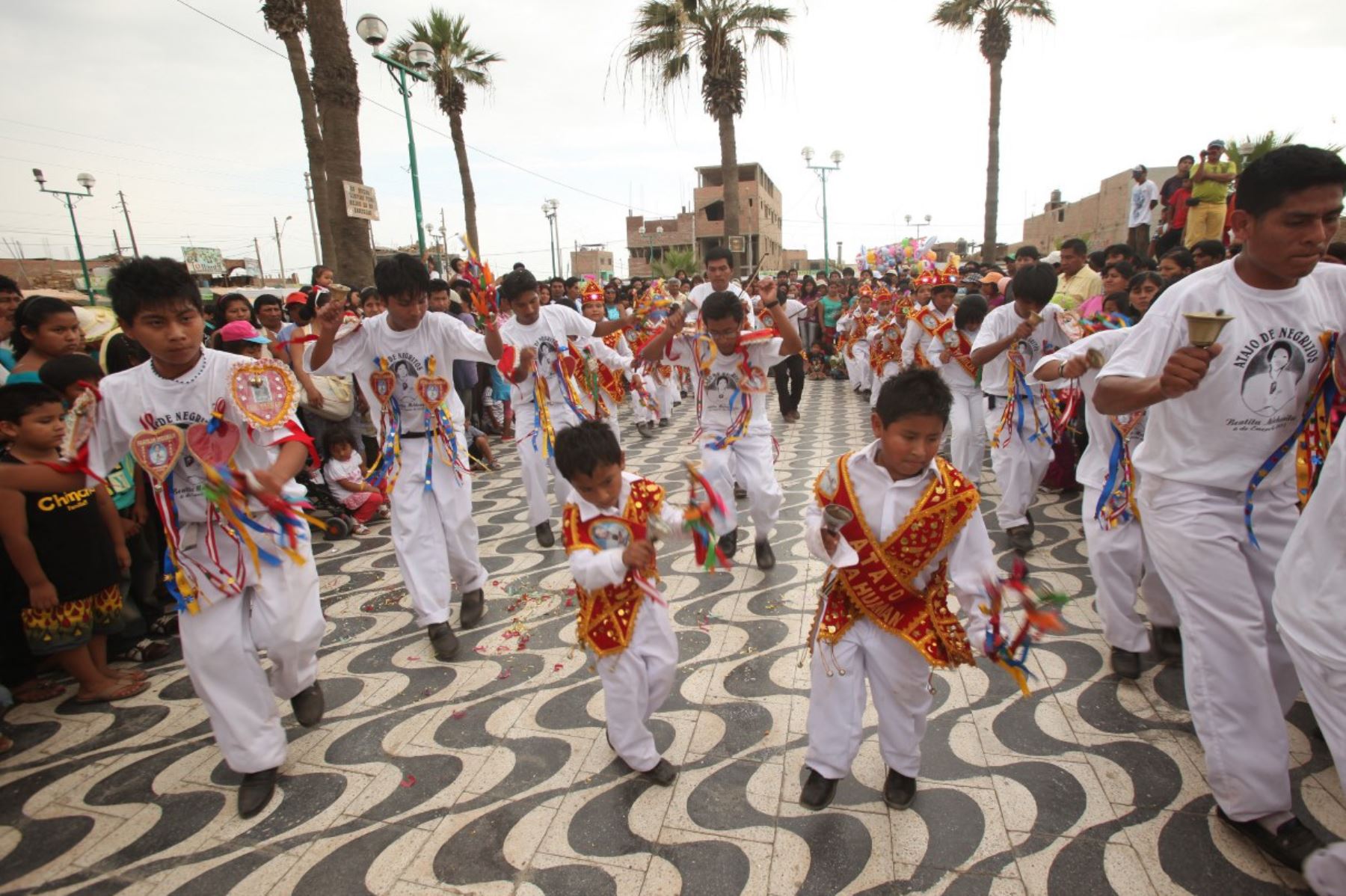The Cultural Significance Of Chinnachauku Rituals
Share

Chinnachauku rituals, deeply rooted in the cultural heritage of the Andean communities, serve as a vibrant expression of identity, spirituality, and tradition. These rituals are not merely ceremonial acts; they encapsulate the beliefs, values, and social structures of the communities that practice them. Understanding the significance of Chinnachauku rituals offers travelers a unique glimpse into the rich tapestry of Andean culture.
Historical Context of Chinnachauku Rituals

The origins of Chinnachauku rituals can be traced back to pre-Columbian times, where they were integral to the agricultural calendar of the Andean peoples. These rituals were traditionally performed to honor Pachamama (Mother Earth) and the Andean deities, ensuring bountiful harvests and the well-being of the community.
As you explore the significance of these rituals, consider how they reflect the historical struggles and triumphs of the indigenous people. The rituals have evolved over centuries, adapting to changes in society while retaining their core spiritual essence.
Key Elements of Chinnachauku Rituals
Offerings to Pachamama

At the heart of Chinnachauku rituals is the practice of making offerings to Pachamama. These offerings often include food, coca leaves, and other items that symbolize gratitude and respect for the earth. Participants believe that these gestures strengthen their connection to nature and ensure a harmonious relationship with the environment.
Music and Dance

Music and dance play a crucial role in Chinnachauku rituals. Traditional Andean instruments, such as the pan flute and charango, create a melodic backdrop for the vibrant dances that accompany the ceremonies. These performances not only celebrate the cultural heritage of the community but also serve as a means of storytelling, passing down legends and traditions to future generations.
Community Participation

Chinnachauku rituals are communal events, emphasizing the importance of collective participation. Families and community members come together to prepare for the rituals, fostering a sense of unity and belonging. This communal aspect reinforces social ties and highlights the interconnectedness of individuals within the community.
The Spiritual Dimension of Chinnachauku Rituals
Connection to Ancestry

The spiritual significance of Chinnachauku rituals extends beyond the immediate community. They serve as a bridge to the ancestors, honoring those who came before and acknowledging their contributions to the present. Participants often invoke the spirits of their ancestors, seeking guidance and blessings for their endeavors.
Rituals as a Form of Healing

Many Chinnachauku rituals incorporate elements of healing, both physically and spiritually. The use of medicinal plants, prayers, and chants during the ceremonies is believed to promote well-being and restore balance within individuals and the community. This holistic approach to health reflects the Andean worldview, where the physical, emotional, and spiritual realms are interconnected.
The Role of Chinnachauku in Contemporary Society
Preservation of Cultural Heritage

In today's rapidly changing world, Chinnachauku rituals play a vital role in preserving cultural heritage. As globalization threatens traditional practices, these rituals serve as a reminder of the importance of cultural identity. Communities actively engage in revitalizing these customs, ensuring that future generations inherit their rich traditions.
Tourism and Cultural Exchange

The growing interest in Chinnachauku rituals has opened avenues for cultural exchange through tourism. Travelers seeking authentic experiences are drawn to participate in these rituals, fostering a deeper understanding of Andean culture. However, it is essential for tourists to approach these experiences with respect and sensitivity, recognizing the significance of the rituals to the local communities.
Best Time to Experience Chinnachauku Rituals
Seasonal Celebrations
The timing of Chinnachauku rituals often aligns with the agricultural calendar, particularly during planting and harvest seasons. The best time to witness these rituals is typically between May and August, when communities celebrate the fruits of their labor and express gratitude to Pachamama.
Weather Considerations
Travelers should be mindful of the weather conditions in the Andean region during this period. Expect mild temperatures during the day, but nights can be chilly. It’s advisable to dress in layers and be prepared for sudden changes in weather.
Planning Your Visit
Where to Stay
To immerse yourself in the culture surrounding Chinnachauku rituals, consider staying in local accommodations that offer a genuine experience. Many communities provide homestays, allowing you to connect with local families and participate in daily activities.
Getting There
Traveling to the Andean regions can be an adventure in itself. Major cities like Cusco serve as gateways to rural communities where Chinnachauku rituals are practiced. Flights to Cusco are available from various international destinations, and local transportation options include buses and guided tours.
Transfers and Local Transportation
To navigate the Andean terrain, consider booking transfers in advance. This ensures a smooth journey to remote areas where rituals take place. Local guides can enhance your experience by providing insights into the cultural significance of the rituals.
Engaging with the Community
Respectful Participation
If you plan to attend Chinnachauku rituals, approach the experience with respect. Engage with the community, ask questions, and express genuine interest in their traditions. This fosters goodwill and enriches your understanding of their cultural practices.
Learning Opportunities
Many communities offer workshops and educational sessions about Chinnachauku rituals. Participating in these activities can deepen your appreciation for the rituals and provide a unique opportunity to learn from local practitioners.
Final Thoughts
The cultural significance of Chinnachauku rituals extends far beyond mere tradition; they embody the spirit of the Andean people, their connection to the land, and their rich history. As you plan your visit, consider how these rituals can enhance your travel experience, offering a profound understanding of a culture that has thrived for centuries.
By immersing yourself in the Chinnachauku rituals, you not only witness a beautiful celebration of life and nature but also contribute to the preservation of a vibrant cultural heritage. Your journey will be filled with meaningful interactions, unforgettable experiences, and a deeper appreciation for the Andean way of life.
So, are you ready to embark on this enriching adventure? The Andean communities await your respectful presence, eager to share their traditions and stories with you.



